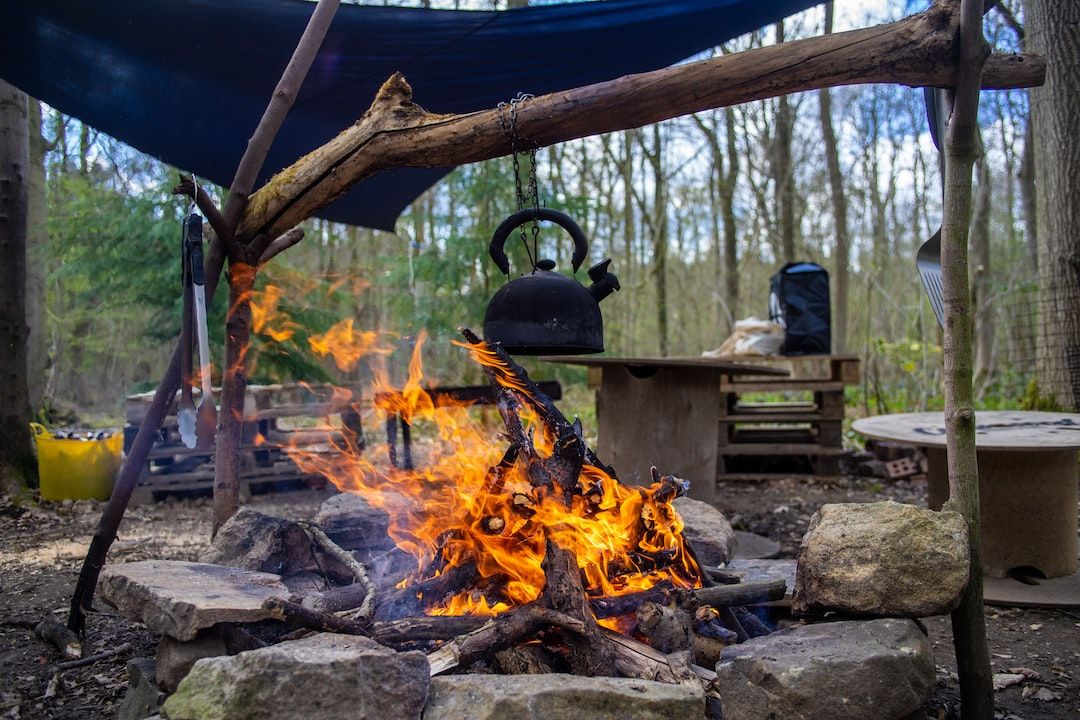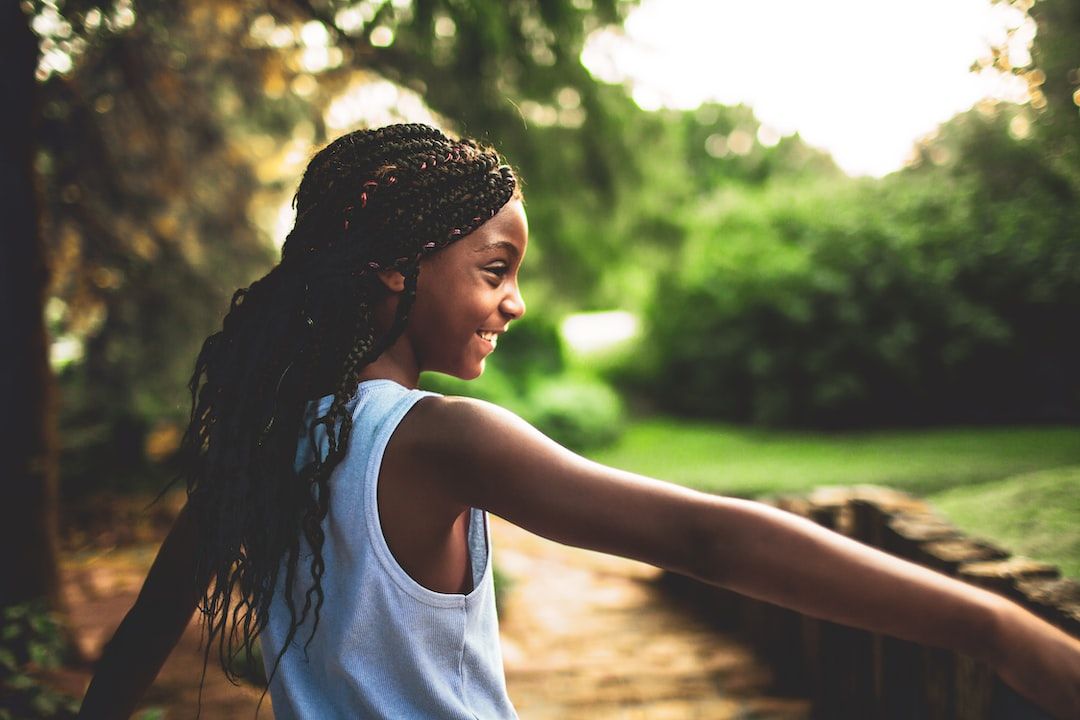
Blog
Stories from my personal journey learning about and delivering Nature-rooted programs across three different countries
We've got principles...
Caylin (Forest Schooled)

Empty space, drag to resize
It was number 2 out of 6 for my pilot sessions today! (See My Forest School Fledging for a rundown of what happened during session 1 last week). It was a good and enjoyable session with quite a few lessons that led me to reflect on the 6 Forest School principles. There were several situations that illustrated to me how significant the principles are in supporting children's (and adult's!) learning and development.
The 6 principles are what distinguish Forest School from other methods of outdoor learning and include concepts like frequent contact, taking place in a woodland setting, holistic development, risk-taking, and child-led learning (see About Forest School for a more comprehensive summary of the 6 principles).
Here are a few examples of situations that occurred today where I felt we made a greater impact on the children's learning and development by following the Forest School principles:
Example 1:
Principles: Risk-taking and child-led learning
At the end of last week's session, the children had expressed an interest in lighting a fire so I had come prepared with our fire kit. They were still very keen to do it today so we launched straight into making a fire. Before lighting the fire, I asked the children how they thought we could keep ourselves safe when working with fire as a method of introducing safety rules in a more democratic and child led way.
They surprised me by coming up with a creative system to manage moving about near the fire, which I had never thought of or done before! They decided to make a safety circle around the fire by placing sticks end to end in a circle around the fire, about 2 feet away from fire bowl.
Their rules were you could only step in the circle if you were directly working with the fire (i.e. adding fuel or cooking) and only a few people could do it at one time. I loved using this new system which the children had cleverly thought up themselves and, because they had come up with rules, they maintained the circle when it got kicked out of place and regulated each others behaviour around the fire themselves!
I argue that by following this learner-led approach to discussing fire safety, it actually resulted in a SAFER environment for lighting fire with the children than if I had just dictated the rules myself. It also provided them with the opportunity to gain skills for assessing risk and developing ways to manage it for themselves.

Example 2:
Principles: Child-led learning and holistic development
After we got the main fire going and set the kettle up to boil, the Year 4 children were really keen to use the fire strikers and practice lighting cotton wool for themselves. We set up a station for this activity a short distance from the fire circle and they quickly got started. I wondered how the Year 6s would take to this activity and whether they would feel confident to try it.
To my surprise, Chloe (who is very quiet and reserved) walked right over and asked to try it. I handed her a fire striker and watched as she attempted to use it. She was very uncoordinated and the strikers became tangled up and twisted in her hands. I helped her untangle them and get them into position then took a step back to let her have a go. She really struggled at first and I thought I might have to step in again to help, but decided to leave her for a minute or so.
At the time, I wasn't sure whether leaving her would be giving her the right amount of space to learn or, instead, failing to provide her with the support she needed. I wondered whether I had made the right decision, but low and behold, a mere 2 minutes later Chloe had mastered the technique without any further help from anyone.
It was amazing to see Chloe achieve a task so independently and I think the impact on her confidence was much greater because I had NOT stepped in to help. It made me realise just how important it is for the leader to learn when to stop themselves from interfering even when a child is struggling, because often it can be that struggle that is more significant for the child's learning than actually achieving the task itself. Struggle develops problem solving skills, creativity, perseverance, independence and resilience and these are skills that will certainly help Chloe more in the future than the skill of lighting a fire with a fire striker.

Example 3:
Principles: Risk-taking
Once the kettle had boiled, Daniel helped me make hot chocolate and everyone gathered around the fire to enjoy it. I'd just poured myself a cup, sat down and said, “Well this is lovely!”, when Daniel gasped because he had dropped his cup, spilling hot chocolate on his hand and all over his trousers. “Hot! Ouch!” he said, as he sat there looking a bit shell shocked.
We brought him over to the water station and gave him a wet cloth to wipe himself off. Turns out he had been rocking on a wobbly log whilst holding his hot chocolate and that had led to the spill. We discussed how he could prevent such an accident happening again (don't rock on a wobbly log whilst holding a cup of hot anything in your hand!), poured him another cup and he sat very still whilst drinking this second cup of hot chocolate.
I admit, I wondered to myself if perhaps I had presented the children with too much risk, questioning whether I should have added cool water to the hot chocolate to make it 'safe' to drink.
However, though the hot chocolate was hot, it was not boiling when we handed it to the children. We handed it to them when they were sitting down so they did not have to walk with it. We also warned everyone that it was very hot and to blow on it first for a while before drinking it and discussed how to test the temperature with your upper lip first before taking a gulp.
Therefore the children had a full-blown lesson in risk assessment in which they learned how to keep themselves from getting hurt by a hot drink. If we had cooled the hot chocolate down to make it 'safe', we would have prevented this entire learning experience from happening. And after watching the way Daniel sat very still whilst drinking his second drink, I truly believe he will never rock on a log whilst holding a hot chocolate ever again!
The bigger picture:
Though I've been assisting with Forest School for a couple of years now, it is through leading these pilot sessions that I am really seeing the bigger picture of Forest School more clearly. Being responsible for the planning, assessing and evaluation of Forest School sessions requires more thought and consideration, presenting me with more opportunity to reflect on the 6 principles.
For me, today's session particularly helped solidify the principles of child-led learning, taking risks, and holistic development, but as the second session in a series of six, it has also made me realise the importance of another principle: working with groups regularly over an extended period of time.
I had already recognised that regular contact provides learners with the opportunity to build upon skills learned previously (i.e. how lighting cotton wool with a fire striker one session can proceed to lighting a main campfire the next session which can eventually proceed to cooking over a campfire).
However, what I hadn't realised until today is the significance of RELATIONSHIPS in encouraging the development of these skills over time. I believe it is relationships that actually intensify and reinforce the learning the most.
Let me explain...
As relationships become established over time, we build a sense of trust and camaraderie with each other. As a leader, I will trust that the children can light the fire or use tools safely and independently if they have proven time and time again they are capable of doing so. If I were to work with a group once for a two-hour period, we may still light a fire or use tools, but the scope of what we could achieve in those two hours would be limited.
By working with a group over several sessions, my trust in their ability to keep themselves safe means that in just a two-hour period, the children could light a fire, boil a kettle, and cook a whole meal if they wanted to! Or perhaps, they might take themselves off and whittle a stick into a sword because I trust they are competent with a knife. In these examples, both sessions last two hours, but what is achieved in the second example is far greater than that of the first example.
Additionally, as a group, over time we will better understand each other's needs and personalities, finding ways to work together. As friendships grow, we will have more of an inclination to help each other and work as a team.
Therefore I argue it is not just TIME that makes Forest School so impactful, it is how this time allows the forming of RELATIONSHIPS. These relationships act as a catalyst, accelerating the process of learning and development and increasing the potential for what each individual can achieve, both independently and together.
This is the steam that drives the Forest School engine...
A bit of deep thinking today! Must admit, all this learning and development is exhausting! But overall, it's given me great food for thought and I'm feeling like these Forest School pilot sessions will just get better and better with time...
More Posts
WANT TO GET FOREST SCHOOLED TOO?
Subscribe to my email letters, something special from me to you so we can learn together. Each one is filled with heart-felt stories from the forest, resources you may find useful, and things that hopefully bring a smile too.
Thank you!
© by FOREST SCHOOLED
